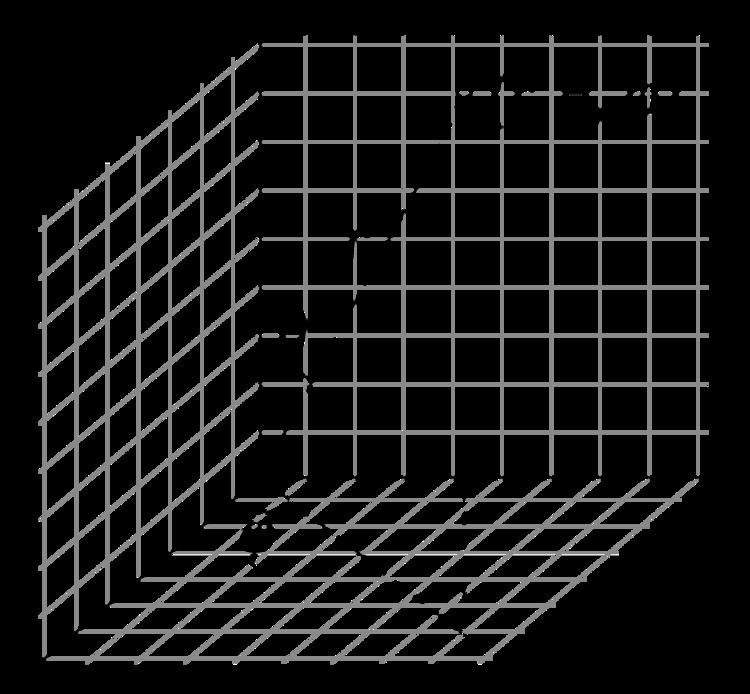 | ||
In quantum mechanics, eigenspinors are thought of as basis vectors representing the general spin state of a particle. Strictly speaking, they are not vectors at all, but in fact spinors. For a single spin 1/2 particle, they can be defined as the eigenvectors of the Pauli matrices.
Contents
General eigenspinors
In quantum mechanics, the spin of a particle or collection of particles is quantized. In particular, all particles have either half integer or integer spin. In the most general case, the eigenspinors for a system can be quite complicated. If you have a collection of Avogadro's number of particles, each one with two (or more) possible spin states, there would be no hope of writing down a complete set of eigenspinors. However, eigenspinors are very useful when dealing with the spins of a very small number of particles.
The spin 1/2 particle
The simplest and most illuminating example of eigenspinors is for a single spin 1/2 particle. A particle's spin has three components, corresponding to the three spatial dimensions:
Each component of the angular momentum thus has two eigenspinors. By convention, the z direction is chosen as having the
All of these results are but special cases of the eigenspinors for the direction specified by θ and φ in spherical coordinates - those eigenspinors are:
Example usage
Suppose there is a spin 1/2 particle in a state
Now, we simply square this value to obtain the probability of the particle being found in a spin up state:
Properties
Each set of eigenspinors forms a complete, orthonormal basis. This means that any state can be written as a linear combination of the basis spinors.
The eigenspinors are eigenvectors of the Pauli matrices in the case of a single spin 1/2 particle.
